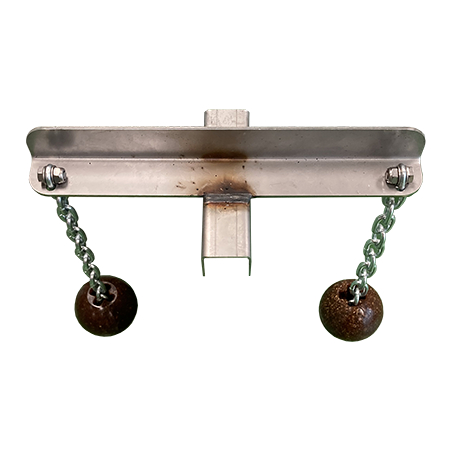It has been widely accepted that nutrition is the main factor influencing lipid and fatty acid deposition in monogastric animals. Moreover, several authors have reported that dietary polyunsaturated fatty acids (PUFA) content could affect the fatty acid profiles of resultant muscle and adipose tissues, influencing meat characteristics. Therefore, in order to provide consumers with high quality pork products, the objective of the present study was to investigate the effects of dietary n-6:n-3 PUFA ratios on growth performance, blood lipid profiles, fatty acid composition of pork, carcass traits and meat quality in finishing pigs. For that purpose, a total of 72 crossbred pigs [(Landrace × Yorkshire) × Duroc] with an average initial BW of 51.59±1.59 kg were used in a 10-week trial to assess the effects of different dietary n-6:n-3 PUFA ratios in finishing pigs. Pigs were randomly allotted to 3 dietary treatments with 6 replications and 4 pigs per pen. Pigs were fed a corn-soybean meal-based diets formulated by replacing soybean oil with linseed oil to achieve n-6:n-3 close to 5:1, 10:1 and 15:1, respectively.
As a result, growth performance, carcass traits and meat quality parameters (meat color, sensory evaluation, cooking loss, drip loss, pH, longissimus muscle area and water holding capacity) were not influenced by any of the dietary n-6:n-3 ratios studied. However, concerning blood composition, pigs fed dietary n-6:n-3 PUFA ratios of 5:1 had a lower serum total cholesterol, LDL cholesterol and triglyceride levels. Regarding the fatty acid composition of the meat, the concentrations of n-3 PUFA , including C18:3n-3, C22:5n-3 and C22:6n-3 were improved in the longissimus dorsi muscles of pigs fed dietary n-6:n-3 PUFA ratios of 5:1. Furthermore, pigs fed dietary n-6:n-3 PUFA ratio of 5:1 decreased the n-6 concentrations (C18:2n-6 and C20:4n-6) of longissimus dorsi muscles. All in all, lowering the dietary n-6:n-3 ratios to 5:1 may be beneficial for the blood lipid profiles, and improve the nutritional value of pork, without adverse effect on growth performance and meat quality parameters that are related to the consumer acceptance.

Liu, W. C., & Kim, I. H. (2018). Effects of different dietary n-6: n-3 PUFA ratios on growth performance, blood lipid profiles, fatty acid composition of pork, carcass traits and meat quality in finishing pigs. Annals of Animal Science, 18(1), 143-154. https://doi.org/10.1515/aoas-2017-0026







